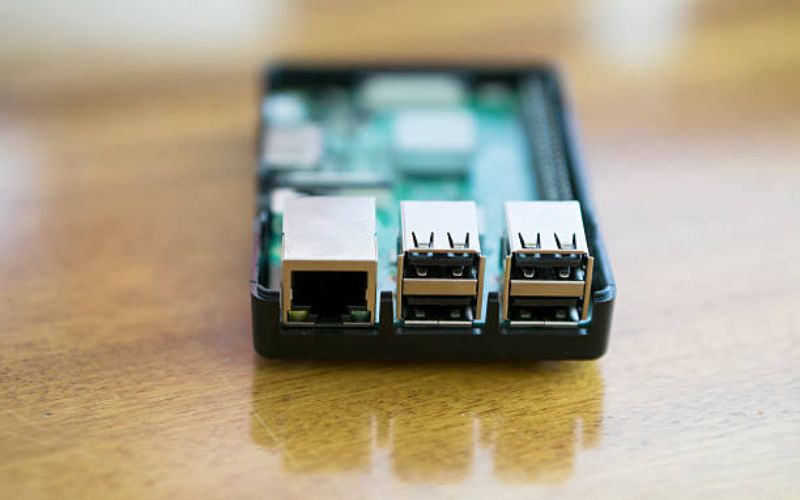The Importance of Thermal Management
Thermal management is a crucial aspect of any electronic system. It ensures proper functioning, longevity, and reliability of the system. Overheating can lead to severe consequences such as reduced performance, permanent damage, and even safety issues. Therefore, efficient and effective thermal management is essential, especially for high-power applications. One such innovative technology is fsw liquid cold plate that can resolve many thermal management challenges.
What is FSW Liquid Cold Plate?
Friction Stir Welding or FSW is a welding technique that generates heat through friction to create a weld without the use of a filler material. FSW Liquid Cold Plate uses this same technology but with the addition of liquid cooling channels. The cooling channels are incorporated into the cold plate to draw heat away from the heat source. The liquid coolant flows through these channels, absorbs the heat, and then transfers it away from the source.
The Benefits of FSW Liquid Cold Plate
FSW Liquid Cold Plate provides numerous advantages over traditional cooling methods. It offers higher thermal conductivity, improved reliability, and lower thermal resistance, and increased thermal cycling capabilities. Further, the FSW process eliminates the risk of leakage and enables better control of the thermal contact resistance between the heat source and the cold plate. The FSW Liquid Cold Plate technology can be used for various heat sources such as power modules, high-performance CPUs, lasers, and electric vehicle battery cooling.
Design and Manufacturing
The FSW Liquid Cold Plate design can be customized to meet the specific requirements of different applications. These plates are designed using CAD and then manufactured using a CNC machine to ensure precise dimensions, and excellent quality control. The manufacturing process involves joining two aluminum plates with a third plate that contains machined cooling passages. The FSW machine creates a weld between the two aluminum plates while a coolant circulates through the passages.
Applications of FSW Liquid Cold Plate
The FSW Liquid Cold Plate technology is applicable in various industries, including transportation, telecommunications, aerospace, medical, and renewable energy. Electric vehicles and hybrid electric vehicles require efficient thermal management to ensure optimal battery performance and longevity. The FSW Liquid Cold Plate technology provides such temperature regulation. The technology is also used in fiber optic communication systems, temperature control machines, and high-performance computing servers, among others.
Comparison with Other Cooling Technologies
Compared to other liquid cooling technologies like heat pipes, FSW Liquid Cold Plate offers multiple benefits. Heat pipes have a limited range of thermal conductivities as they rely on the boiling and condensation of fluids to transfer heat. On the other hand, FSW Liquid Cold Plate offers consistent and high heat transfer rates. A heat sink is another traditional cooling technology that can dissipate heat, but FSW Liquid Cold Plate can be more effective than a heat sink due to its direct channeling and removal of heat.
Challenges
Despite its many advantages, FSW Liquid Cold Plate faces certain challenges. Model-based design optimization is vital to ensure efficient thermal management. Some modeling uncertainties, such as varying contact resistances, limit the effectiveness of the technology. Additionally, FSW Liquid Cold Plate requires specialized welding equipment and experienced operators, resulting in higher costs compared to other cooling technologies.
The Future of Thermal Management
FSW Liquid Cold Plate is an innovative technology that offers high-performance and efficient thermal management. Its many benefits and applications make it a promising technology for various industries. Although there are modeling uncertainties and high production costs, these challenges are outweighed by its advantages. As the demand for compact and high-performing electronics rises, the use of FSW Liquid Cold Plate is likely to grow and revolutionize thermal management.
Conclusion
FSW Liquid Cold Plate is an innovative cooling technology that offers various advantages over traditional cooling methods. Through the FSW process, heat can be efficiently drawn from different heat sources such as CPUs, lasers, and batteries. Its versatility, reliability, and efficiency make it an excellent choice for various applications. Although there are some challenges, its advantages outweigh them. As the electronics industry continues to evolve, FSW Liquid Cold Plate will play a significant role in efficient and effective thermal management.

